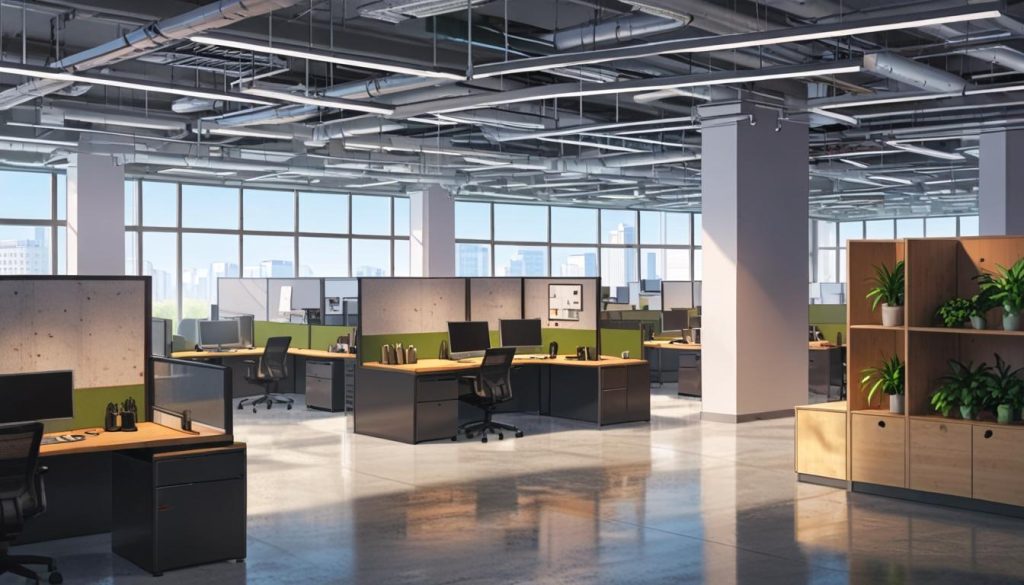Britain’s largest corporations are undergoing significant transformations in their office designs, striving to create quieter spaces that cater to employees now accustomed to the relative stillness of home working. This shift has gained momentum as a parliamentary committee, focusing on post-COVID work environments, examines the evolving landscape of workplace dynamics in the UK.
Testifying before the House of Lords’ home-based working committee, industry leaders discussed their strategies to encourage employees back to the office after the pandemic disrupted traditional work patterns. These voices echoed a growing recognition that the nature of work has changed fundamentally. Lindsay Pattison, chief people officer at WPP, articulated the challenge of enticing staff back, indicating that the agency is now encouraging its teams to spend an average of four days per week in the office. Despite these efforts, she noted that Fridays have been particularly troublesome, both in terms of productivity and employee reluctance to return.
“A huge amount of how we go to clients and deliver is about collaboration,” highlighted Philippa O’Connor, the chief people officer at PwC. Her firm has instituted a more structured approach, requiring employees to be in the office for at least three days a week. The emphasis on in-person interaction is clear, as companies strive to rebuild the collaborative spirit that fosters creativity—an element perceived to suffer in the remote working model.
Many companies, motivated by insights drawn from the pandemic, are not only rethinking attendance policies but are also meticulously redesigning office spaces to enhance acoustics and comfort. This approach mirrors broader trends observed across the UK, where office occupancy rates have stabilised at about 33% of pre-pandemic levels, highlighting a persistent preference among workers for hybrid arrangements. Key adaptations include the integration of soundproof office pods and wellness spaces, designed to meet the diverse needs of employees who have grown used to the tranquillity of their home environment.
Moreover, organisations are increasingly viewing their offices as destinations rather than mere workspaces. Creating a compelling reason for employees to transition from the comforts of home to the office has become vital. Initiatives like offering free lunches and hosting training events have gained traction as methods to enhance the office experience. The dual aim is to increase physical attendance while nurturing a productive atmosphere that mirrors the comforts of home.
As part of this overarching transformation, cutting-edge offices are being developed, focusing on flexibility and employee well-being. The Southworks building in Southwark, for instance, dubbed the “world’s smartest building,” incorporates advanced technology to optimise working conditions. Such endeavours underline the importance of adaptability in the modern office context, where features like natural light, accessibility, and wellness areas are becoming critical to attracting staff.
Yet, despite these advancements, firms must manage the balance between enhancing workplace quality and controlling real estate costs. The demand for prime office locations with modern amenities remains robust, even as some organisations choose to downsize their footprints. Companies such as JPMorgan Chase and HSBC are reevaluating their space needs, reflecting a broader trend of adapting to the new reality of flexible work patterns.
As discussions around the future of work continue, it is clear that the era of traditional office settings is evolving. With companies recalibrating their strategies to enhance both the physical workspace and the overall employee experience, the next chapter in workplace design appears set to focus on flexibility, community, and well-being, ensuring that both employers and employees find value in the office environment.
Reference Map
- Paragraphs 1, 2, 3
- Paragraphs 1, 2
- Paragraphs 4, 5
- Paragraphs 6
- Paragraphs 7
- Paragraph 8
- Paragraphs 9
Source: Noah Wire Services





